The makers of The Extraordinary Miss Flower are billing it as a “performance film”, a subspecies of the concert-movie and stablemate of the fictive biopic 20,000 Days on Earth, about Nick Cave, from the same film-makers. It’s one part arty documentary to two parts music video, both a daughter’s tribute to her mother and a singer’s elaborate way of promoting her latest album.
Its subject, Geraldine Flower, was the aptly surnamed daughter of an Australian father and Dubliner mother who spent the years of her prime – the Swinging Sixties and discontented Seventies – relocating from Australia to London and back again.
She seems to have had two key lovers: a spy called Reggie in England, and Scott in Australia. She stashed their highly literary letters (and Telexes) in a big cardboard box, along with communications and memorabilia from other friends and lovers, and after her death in 2018 the box ended up in the hands of her daughter Zoe, who has produced this film.
The letters' texts have since inspired songs that Zoe’s Icelandic friend, the singer Emiliana Torrini, has writen and recorded with her band. Some have accompanying music videos, which have been incorporated into the film, along with footage of the band recording the songs. The early works are backed with monochrome archive footage of men in the street from what looks like the late 1950s and early 1960s; then trippy bright colours take over, garish swirling backdrops against which dancers gyrate, as if in a psychedelic dream.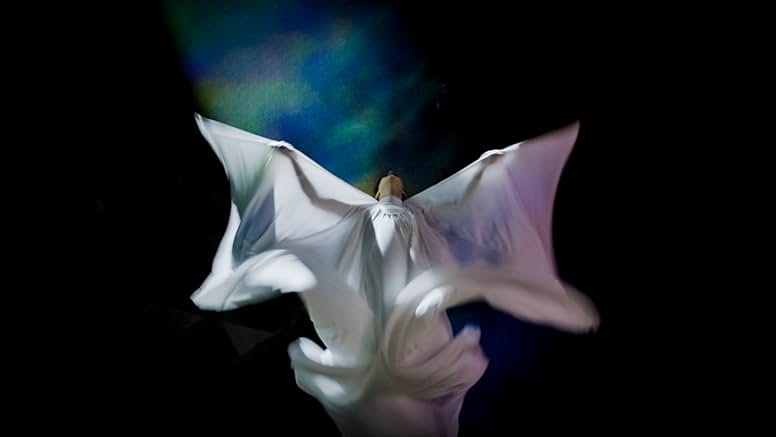 One of these dancers is the mighty Kate Coyne, stalwart of the Michael Clark Company, who is also credited as the choreographer. But despite some inventive touches, like the dancer Viva Seifert's arms unfolding into giant white wings (pictured above), they spend a lot of the time fighting the constraints of the film’s set-up, which doesn’t give them enough primacy or literal floorspace.
One of these dancers is the mighty Kate Coyne, stalwart of the Michael Clark Company, who is also credited as the choreographer. But despite some inventive touches, like the dancer Viva Seifert's arms unfolding into giant white wings (pictured above), they spend a lot of the time fighting the constraints of the film’s set-up, which doesn’t give them enough primacy or literal floorspace.
Not content with all this, the film-makers – Iain Forsyth and Jane Pollard – also throw in short to-camera readings from Flower’s more outlandish correspondence by well-known faces such as Nick Cave, Richard Ayoade and the Australian actor Angus Sampson from Bump and The Lincoln Lawyer.
Finally there are a few staged sequences in which Caroline Catz plays Geraldine (pictured below), one of them re-creating her visit to a magician in Istanbul who told her to surround herself with interesting people. We have to take it on trust that she did. Very little biographical detail is supplied until halfway through, when a woman ostentatiously reads from a script some salient facts about Geraldine’s life and CV; that she became a freelance writer and was once commissioned by The Daily Express to tour the Middle East.
She also spent time in Iceland. There is no documentary evidence, though, of what became of these assignments, no clippings of the resulting pieces, just a dry letter from the Express setting out the terms of her £50 advance for the Middle East trip, half of which was repayable if the copy wasn’t forthcoming. That might have been fascinating, a flower-child reporting on 1960s Persia or Morocco. But nothing is shown of her writing, if it ever happened. Might this be one almighty prank, you are tempted to think, an elaborately made-up person in the manner of Wes Anderson’s personnel? 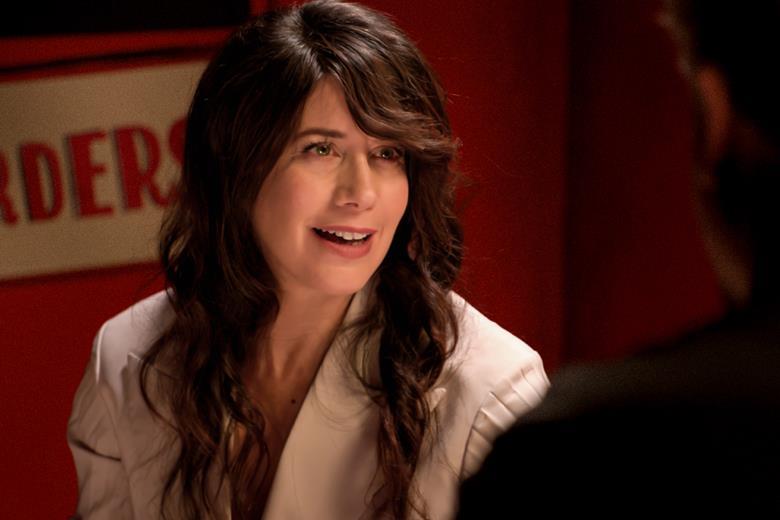 Probably not, as a fictitious heroine would be a lot more extraordinary, I suspect. Geraldine’s most interesting facets (her relationship with Reggie, for example: was she a spy too?) are left underexplored. And only one piece of Geraldine’s own writing turns up: a highly charged account of the joy of sex with Reggie, possibly under the influence of some good recreational drugs. There’s a big difference between people telling you something is amazing and experiencing that amazement for yourself. The film can’t bridge that gap, sadly.
Probably not, as a fictitious heroine would be a lot more extraordinary, I suspect. Geraldine’s most interesting facets (her relationship with Reggie, for example: was she a spy too?) are left underexplored. And only one piece of Geraldine’s own writing turns up: a highly charged account of the joy of sex with Reggie, possibly under the influence of some good recreational drugs. There’s a big difference between people telling you something is amazing and experiencing that amazement for yourself. The film can’t bridge that gap, sadly.
Which leaves the music. I wish I could say I loved it as much as this year’s Icelandic Music Awards did, which named it Pop Album of the Year. It’s a gentle kind of trip-hop, a soft-centred serialism, overlaid with Torrini’s breathy vocals, all in much the same key and at the same trundling pace.
Finally, the box reveals the legacy of Geraldine’s encounter with a Jamaican called Harold, in the form of a cassette party-tape. Its rocksteady sounds have more of a punch, inspiring a Torrini song with similarly meatier rhythms. But sadly it’s the last song in the film. The wispy scraps of a portrait we've been given vanish with it.

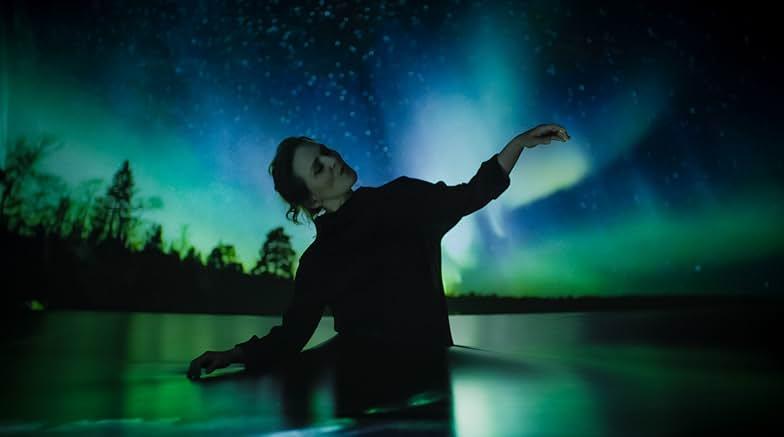










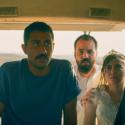
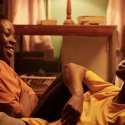
Add comment